Discover the unique advantages of outdoor park gyms compared to indoor fitness centers. From fresh-air workouts and community interaction to accessibility and cost savings, this comparison highlights how each environment supports physical health, mental well-being, and active lifestyles.
Comments (0)RSS
Blog
Keep indoor spaces clean and organized with commercial trash cans built for performance in high-traffic environments. These durable receptacles promote efficient waste management while enhancing sanitation and appearance in offices, retail stores, schools, restaurants, and other public facilities.
Comments (0)Furniture Leisure attended the Atlanta Market in January, one of the largest furniture industry events, to explore the latest trends in commercial outdoor furniture. The team observed a rise in durable, low-maintenance, and eco-friendly materials, reflecting a growing industry focus on sustainability. They also strengthened relationships with existing suppliers and explored new partnerships to expand their product offerings. After an inspiring visit, Furniture Leisure looks forward to introducing fresh designs and high-quality outdoor furniture for parks, resorts, schools, and other commercial spaces. Stay tuned for upcoming product updates!
Comments (0)Enhance your city's brand with custom concrete benches! Durable and stylish, these benches serve as both functional seating and strategic branding tools, making a lasting impression on residents and visitors alike. Discover the benefits of incorporating branded benches into your public spaces.
Comments (0)This blog post announces a significant transition at Furniture Leisure, where Charlene is retiring after serving since March 2013. The company is welcoming Chris Quigley as her replacement, featuring an in-depth Q&A that showcases his extensive industry experience, including 20 years in retail and significant time in outdoor furniture manufacturing across Southeast Asia and the US. The piece concludes by highlighting how Chris and Charlene have been working together since December 3rd to ensure a smooth transition, maintaining the company's commitment to quality and customer service.
Comments (0)Maximizing a small restaurant space is all about smart design and functional furniture. Avoid overcrowding your dining area by opting for space-saving furniture that balances style, comfort, and practicality. Discover three effective strategies to make the most of your space while ensuring a memorable experience for your guests!
Comments (0)Transform your pool into a luxurious oasis with in-pool furniture that enhances both style and comfort. Unlike traditional poolside seating, in-pool furniture allows guests to relax while staying cool, offering an immersive and refreshing experience. Discover five ways this furniture can elevate your pool space, creating an inviting atmosphere that turns first-time visitors into loyal guests!
Comments (0)Join us in celebrating 20 years of partnership between Furniture Leisure and Google! For two decades, Furniture Leisure has delivered top-quality outdoor furniture to businesses, schools, and hotels across the U.S., all while leveraging Google’s platforms to enhance their customer experience. Read on to discover how this collaboration has helped Furniture Leisure provide durable, stylish outdoor amenities and maintain its reputation for excellence.
Comments (0)Discover the story behind Leisure Premium Colombian Verde Libre Coffee—a brew with a mission. This unique coffee blends exceptional flavor with a commitment to improving the lives of orphaned children in Colombia, thanks to the efforts of John and Aida from Furniture Leisure. Read on to learn how your daily cup of coffee can make a positive impact, one sip at a time.
Comments (0)Should Schools Have More Playground Equipment? 12 Feb 2024
Playgrounds are vital for children's development, but do schools have enough equipment to meet their needs? In this post, we'll explore why expanding playground facilities is essential for promoting physical health, social interaction, and cognitive growth. Read on to discover how more playground equipment can enhance student well-being and create a more engaging school environment.
Comments (0)Blog search
Blog archive
- 2025
- 2024
- 2023
- 2022
- 2021
- 2020
- 2019
- 2018
- 2017

















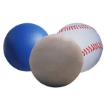
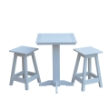





























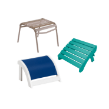





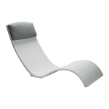







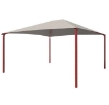
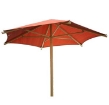
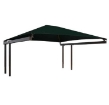
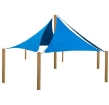
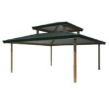
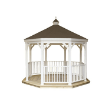
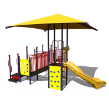











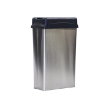




























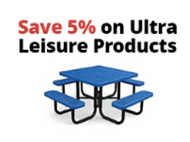
_936.png)
_936.png)
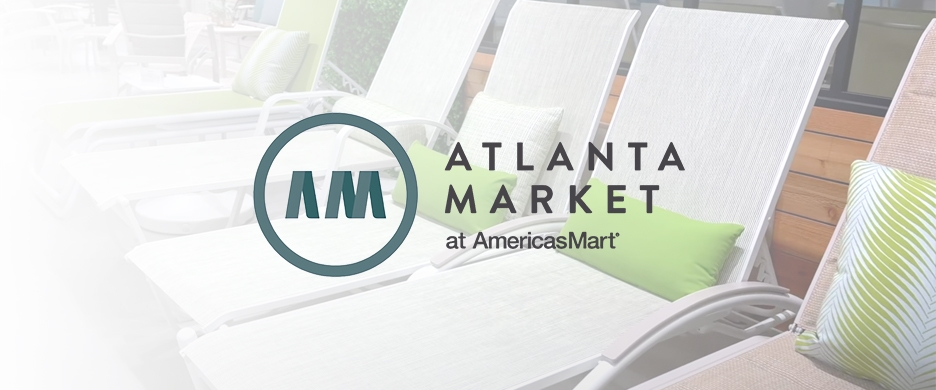
_936.png)

_936_936.png)
_936_936.png)





